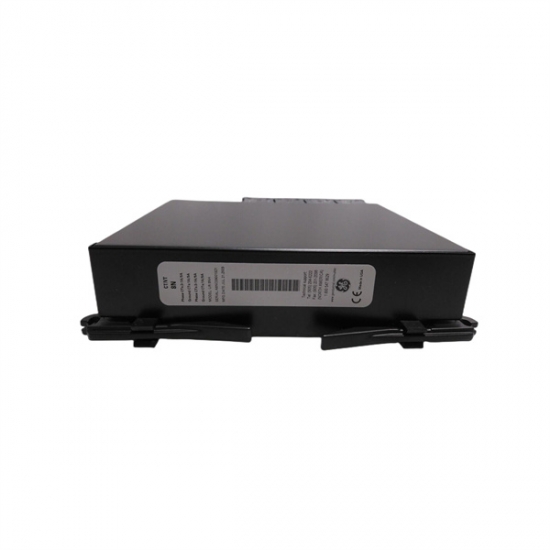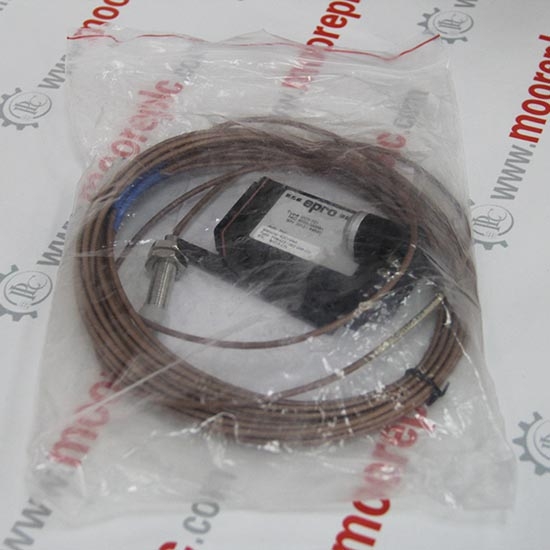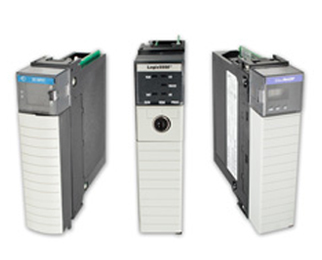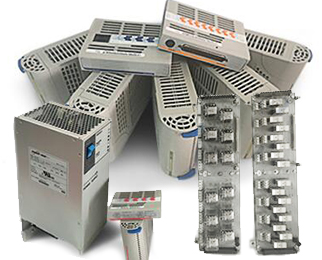MOORE automation limited
Moore Automation is always committed to excellence in corporate philosophy, whether it is control system components, services, or delivery efficiency, we are committed to doing better. Specializing In: Control Systems (DCS, PLC, CNC) Panel Controllers HMI and Display Panels Drives Servo Motors Encoders and Resolvers Power Supplies We have a large inventory of spare parts for industrial control systems. Manufacturers cover a wide range and also work with a wide range of suppliers. Fast shipping to provide you with the best solution to meet your urgent needs If we don't have the stock request quotation you need, we can usually find it for you. Moore Automation also offers quality outdated/discontinued spare parts to extend the installed life of your installed control system and reduce maintenance costs. GLOBAL MANUFACTURER WIDE COVERAGE OUR FASTER DELIVERY RATE Moore Automation continues to innovate with a wide range of spare parts. 128 manufacturers available. Thousands of spare parts inventory. Committed to the automation of parts supply worldwide No matter how rare the parts required by users, we can always help users find it. Customer support responds quickly. Partner network spans the globe. Customers in 152 countries. No matter where the user is in the world, Moore Automation is committed to keeping your machine up and running as soon as possible.
read more




























































































